Obsolete constellations may be gone, but they're not forgotten. We revisit their brief glories and learn how to find them in the 21st-century sky.
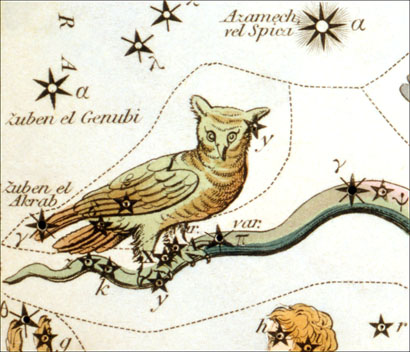
Sidney Hall / Urania's Mirror
I suppose all constellations will be obsolete someday, replaced by revisionists of the distant future or simply so distorted by the motions of their individual stars that retooling will be essential. For now, we've got 88, and that's the way it'll be for a long, long time.
Those 88 survived a lengthy winnowing process that ended in 1930 when their borders were set for good by the International Astronomical Union.
The carcasses of constellations that might have been were discarded along the way, but not before these "might have beens" had their day, starring in a handful of old-time sky atlases during the acme of celestial cartography in the 17th and 18th centuries.
Seeing and finding patterns is one of humanity's greatest traits, so it was only natural to look for new ways to connect stars in parts of the sky that were still wild territory between existing groups. Because now-obsolete constellations occupied relatively blank spots in the sky, they were comprised of mostly fainter stars, as the bright ones had already been used for the more familiar constellations.
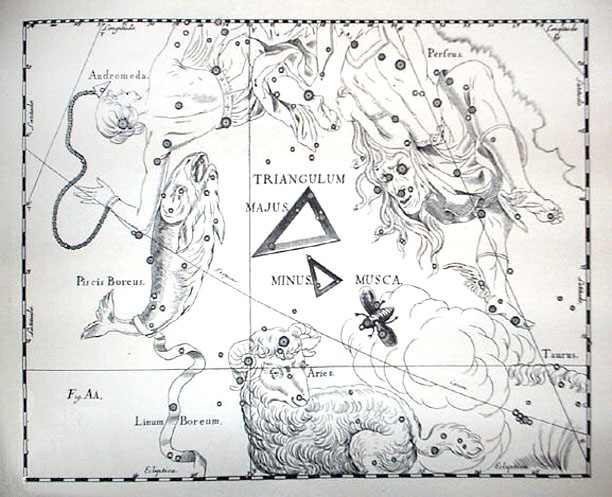
Johannes Hevelius
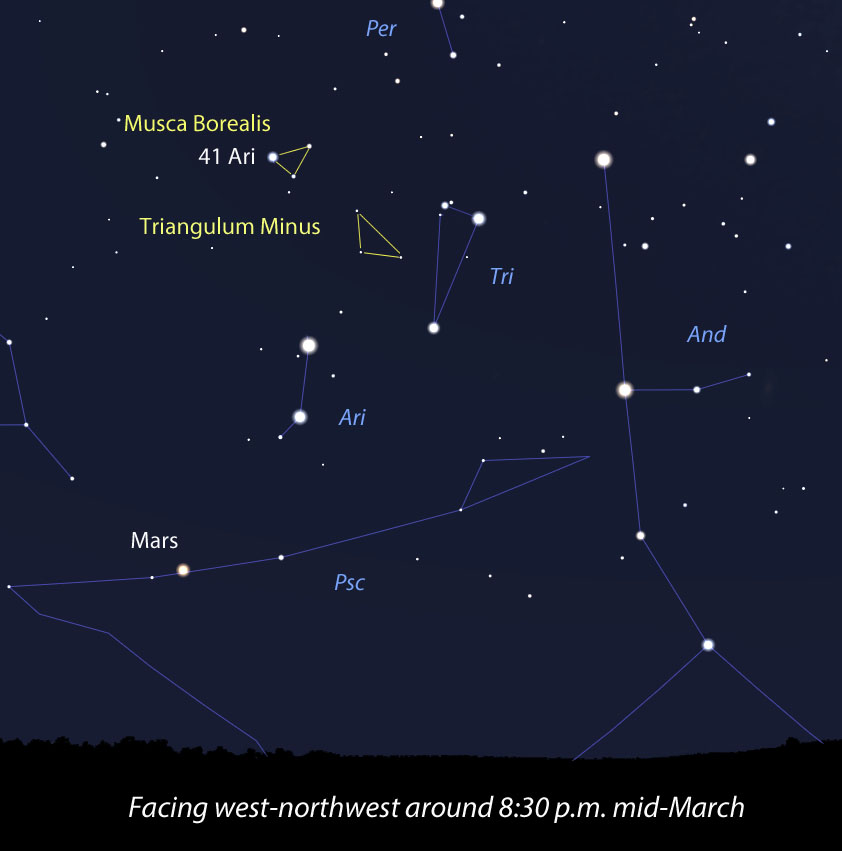
Created with Stellarium
Astronomers continued to use ancient myths as the basis for the new star patterns but also added additional, more modern, references, many of which related to then-current technology, such as: Machina Electrica, the Electrical Machine; Globus Aerostaticus, the Hot-Air Balloon; and Officina Typographica, the Printing Shop. Given a free hand in today's world, I'm certain Computatrum Novum and Telephonium Portabile would be part of our celestial scenery.
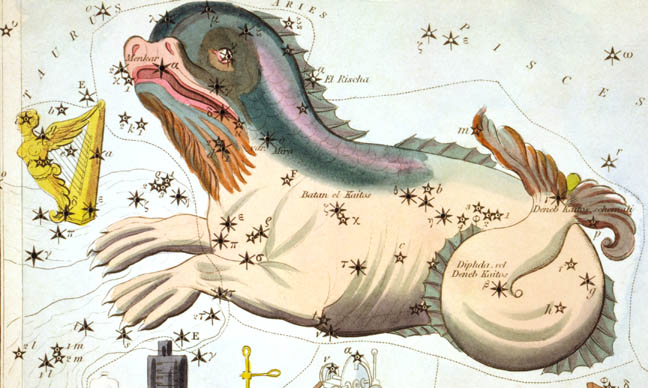
Sidney Hall / Urania's Mirror
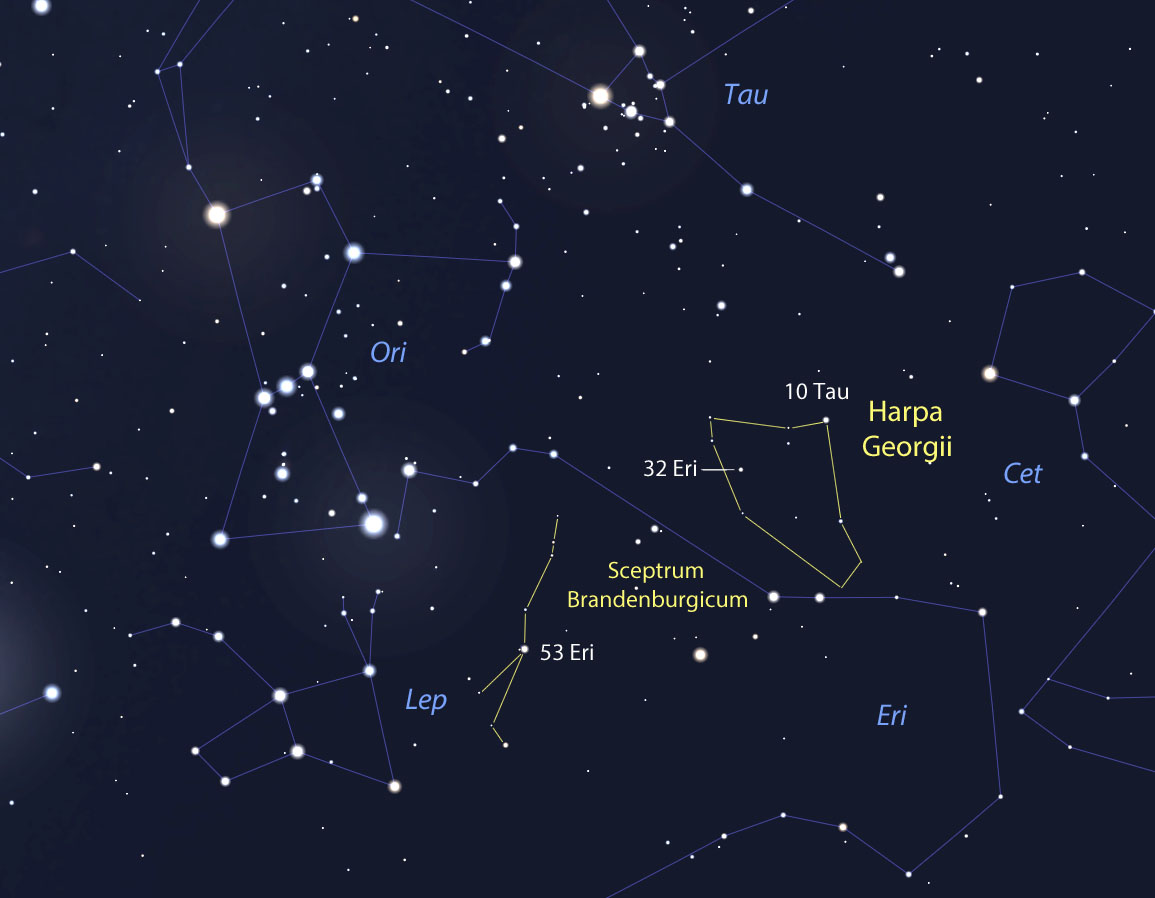
Created with Stellarium
Others, like Edmond Halley of comet fame, used the opportunity for political favor and advantage. Perhaps this was his motivation for creating the short-lived Robur Carolinum (Charles's Oak) in 1769, naming the figure for the British King, Charles II. Few heard the thud when it was chopped down 75 years later by French star mapper Nicolas Louis de Lacaille.
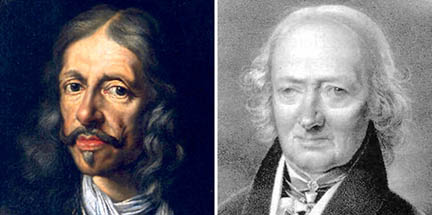
German astronomer Julius Schiller attempted to rid the night sky of pagan influences when he created the atlas Coelum Stellatum Christianum with figures based entirely on the Bible. Ursa Major became St. Peter's Boat and Corona Borealis, the Crown of Thorns.
At least two dozen defunct groups including Bufo, the Toad, and Felis, the Cat, prowl the pages of books and atlases drawn up by famous celestial mapmakers like Johannes Hevelius and Johann Bode. But they didn't make the ultimate cut due to their obscurity, lack of good public relations, or inappropriate politics.
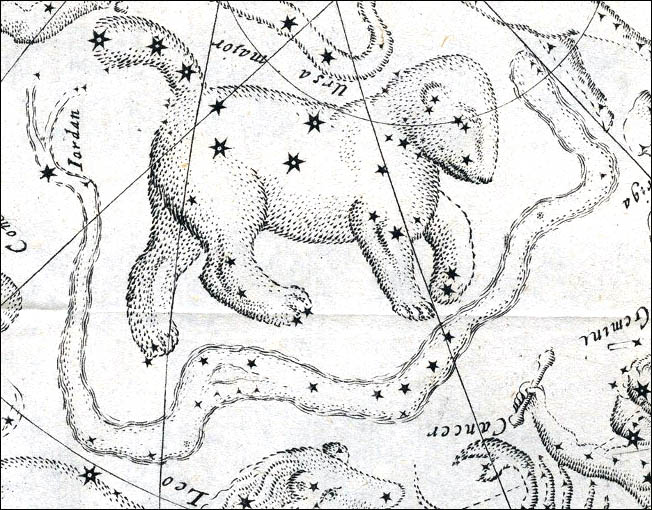
ECHO — Berlin
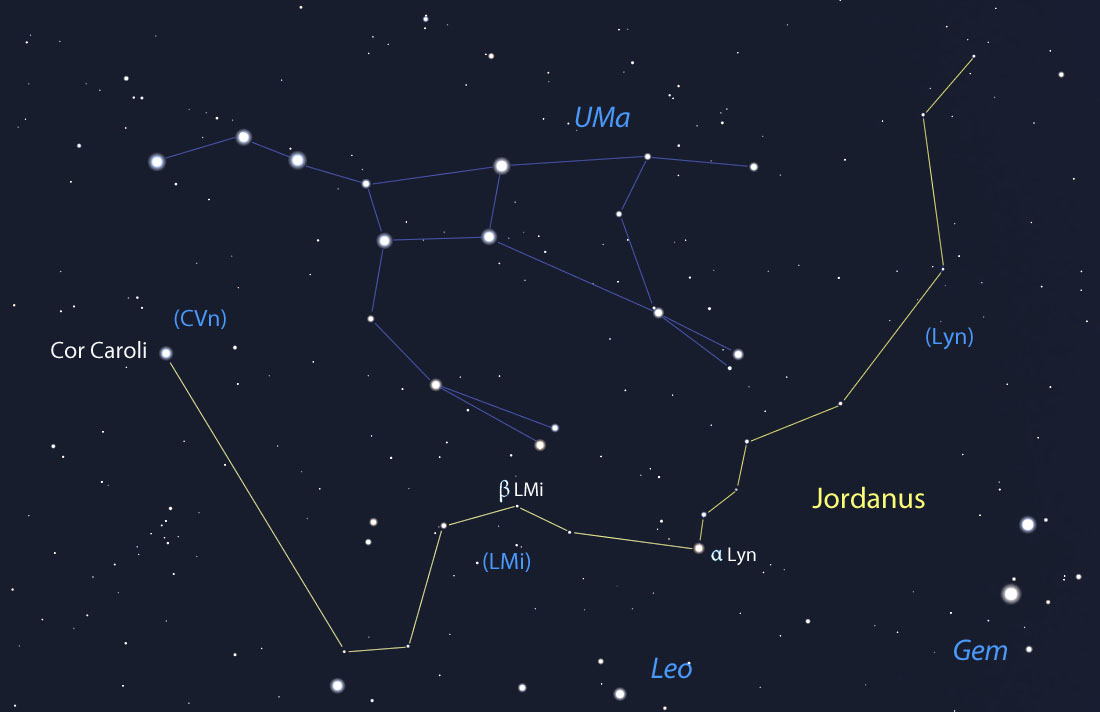
Created with Stellarium
Most of us have a faint familiarity with two former constellations: Argo Navis, the Ship Argo, and Quadrans Muralis, the Mural Quadrant, where the radiant of the annual Quadrantid meteor shower is located. Argo was so large and unwieldy it was split into the three current constellations: Carina, the Keel; Vela, the Sails; and Puppis, the Poop Deck (or Stern).
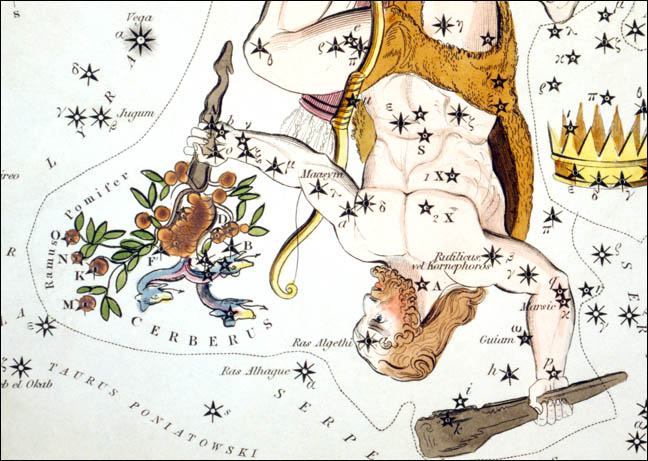
Sidney Hall / Urania's Mirror

Created with Stellarium
I've always pined for some of the others, if only because they represent a few of my favorite animals — Noctua, the Owl being one. I thought it would be fun to resurrect them from obscurity like the dinosaurs of Jurassic Park. By tracking them down in the present day (night!), we can pay homage to an obscure bit of astronomical history, as well as honor the memory of astronomers who tried but failed to convince the world it needed a rooster, reindeer, and royal oak in the night sky.
 7
7








Comments
Anthony Barreiro
March 8, 2017 at 3:37 pm
Thanks Bob. It is interesting to learn how the stars have been seen in different constellations by different people at different times and places.
It has always seemed unfair to me that the awkwardly geeky names dreamed up by European explorers for the southern constellations were adopted as official, when I'm sure people indigenous to the southern hemisphere already had perfectly good names for what they saw in the sky. This would make an interesting story. What were the Magellanic Clouds called before Magellan's voyage? Perhaps we could start a movement to decolonize the sky.
You must be logged in to post a comment.
Bob KingPost Author
March 8, 2017 at 3:56 pm
Hi Anthony,
You bring up a good point. There are undoubtedly many names for these groups. Certainly the Emu -- the string of dark nebulae in the southern Milky Way -- is familiar. The aboriginal peoples of Australia have numerous names for the Magellanic Clouds (see: http://aboriginalastronomy.blogspot.com/2012/03/magellanic-clouds.html). But you're right, it would be nice to see a better mix of indigenous cultures among the southern stars.
You must be logged in to post a comment.
Anthony Barreiro
March 8, 2017 at 4:13 pm
Thanks Bob.
You must be logged in to post a comment.
Bob
March 10, 2017 at 1:07 pm
Bob King...
I like to study constellations of modern and ancient cultures. I am always talking to my local history museum to include constellations on the ceiling of their Native American exhibit. I have even contacted some Native American historic preservation scholars and asked for their help. But resources are tight all around.
However, I am pleased to see a they have added a Thomas Barlow Orrery exhibit last year.
https://www.youtube.com/watch?v=VS2a60oNNuI
Thankful.
Bob Patrick
Kentucky
USA
You must be logged in to post a comment.
Bob KingPost Author
March 12, 2017 at 11:16 am
Hi Bob-Patrick,
You might be interested in this article I did for S&T a while back about an Ojibway sky atlas created by Prof. Annette Lee: http://skyandtelescope.org/astronomy-blogs/make-way-wintermaker11122014bk/
The figures are beautiful!
You must be logged in to post a comment.
Bob
March 13, 2017 at 3:38 pm
Bob King,
Thank you for the link to your earlier article about the Ojibway sky atlas by Prof. Annette Lee. I sent the link to our Kentucky Heritage Native American consultant -- and received a note of appreciation.
Bob Patrick
Kentucky
USA
You must be logged in to post a comment.
Bob KingPost Author
March 14, 2017 at 4:14 pm
Happy to hear it, Bob-Patrick.
You must be logged in to post a comment.
You must be logged in to post a comment.